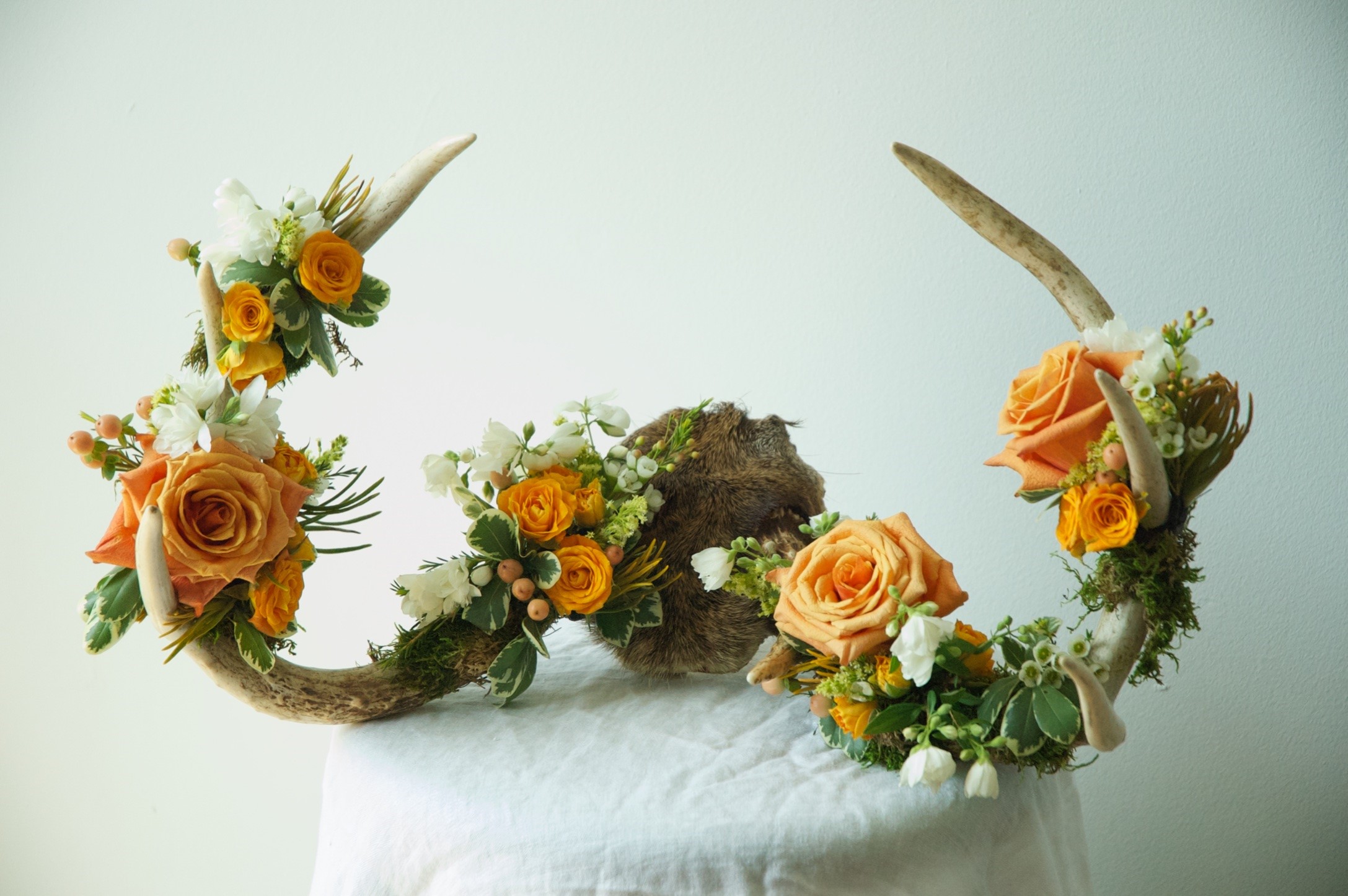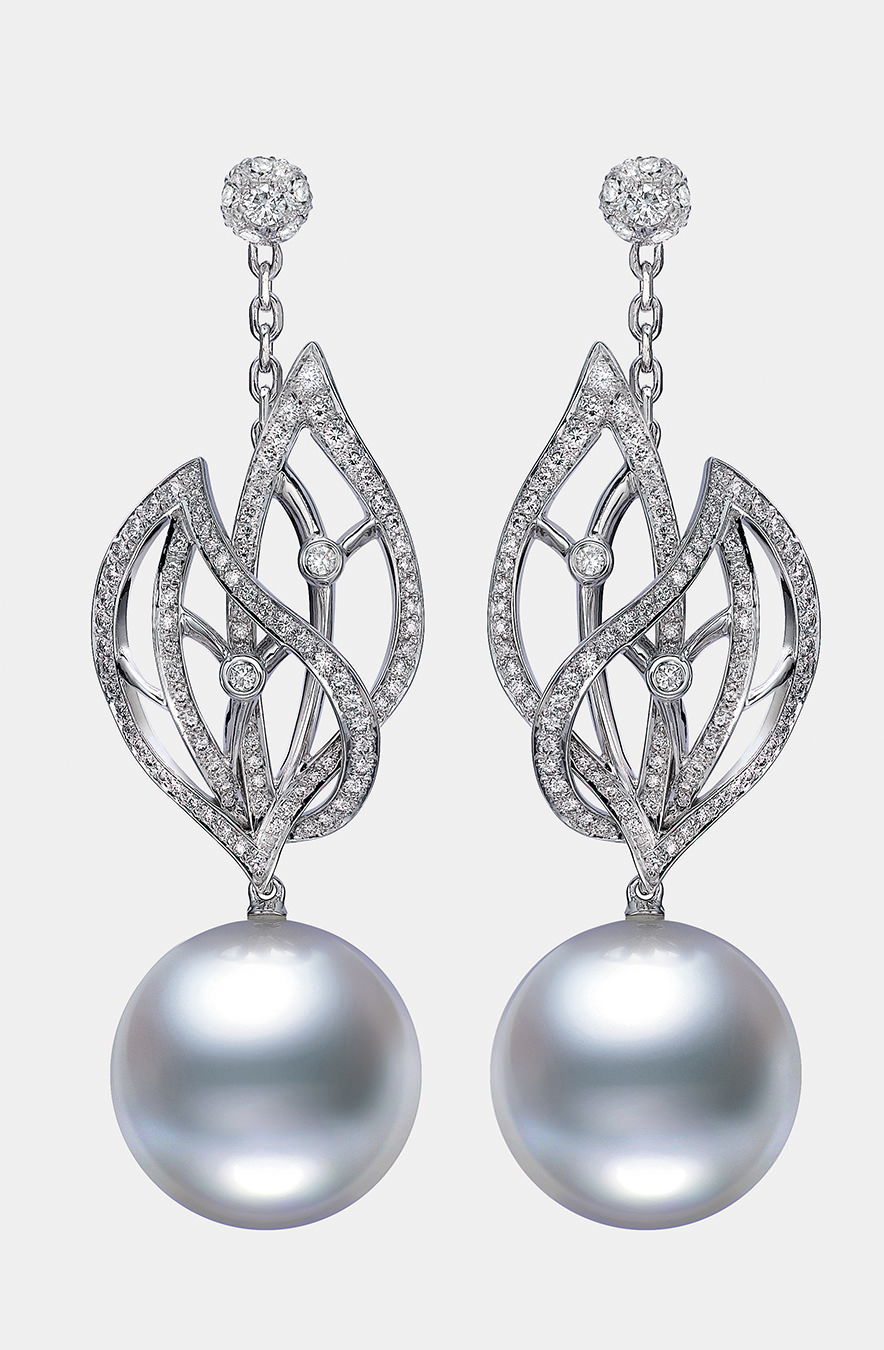The Lily Guild
Fresh flowers.
When presented with a clump of Valentine’s Day roses, or a slapdash grocery store poesy, politesse dictates that one responds, “Flowers; how thoughtful.” But receive an arrangement by niche Toronto florist the Lily Guild, and that staid statement suddenly rings true. Dominika Solan began her business out of her home studio in 2014, selling bouquets too elaborate to suit the aesthetic of the more conventional flower shop she worked at by day. “My bouquets are a bit hard to market,” admits the 34-year-old. “They’re not exactly what people expect to find at a shop. They are on the border between floristry and art.” Sixteenth-century Dutch art, to be specific.
Solan’s aesthetic takes cues from the jam-packed vines and blooms splaying out of darkness in oil paintings by the likes of Jan Breughel and Jan Davidsz de Heem. “I’m influenced by Dutch and Flemish paintings; I like those because they’re unrealistic,” she says (many of the blooms portrayed together in paintings of the era are not simultaneously in season). “I try to make my arrangements painterly, to strategically obscure certain flowers, like artists often did. One of the rules of floristry is to show the head of each flower, but I like the backs of flowers too, I think there’s something beautiful in them.” Solan is among a generation of new-wave florists who prefer the imperfect wabi-sabi charm of abundant, chaotic bouquets to manicured primness and the use of flowers bred for longevity rather than character (see: scentless long stem roses). London’s 26-year-old Hattie Fox, for instance, keeps her That Flower Shop stocked with snaking tendrils and berry clusters, while Nicolette Owen and Sarah Ryhanen, co-owners of Brooklyn’s Little Flower School, teach “Dutch Masters-inspired” floral arranging classes, and Vogue-approved style-star/florist Taylor Tomasi Hill popularized vibrant bouquets among fashion’s upper echelons (previously strictly white orchid territory).
Solan’s bouquets incorporate a particular aspect of witchiness—as if to playfully substantiate the early Christian fear of floral art as a suspect “symbol of pagan culture,” as Stephen Buchmann writes in his 2015 book, The Reason for Flowers. Solan’s taste runs spooky—which is unusual, for a florist. Her Instagram feed, for instance, is a Victorian horror show of natural oddities: Siamese fruits, albino squirrels, antlers, dead birds, insect nests, skulls; some of which become mixed-media elements in her bouquets. They are arranged along with plants Solan grows herself, or forages, so as to access a mix of unusual species not sold at conventional flower auctions. “I grow zinnia, larkspur, sweet peas, bells of Ireland, and black knight scabiosa in my garden,” she says. “And I search for wild clematis, privet berries, and cattails in Georgetown, along the banks of the Credit River, and then up at my mother’s house in Owen’s Sound. I stop at embankments and ditches along the roadways where you can find beautiful stuff—it’s a matter of putting it into a new context.”
The results are creative, refreshing, and far from garden variety.








